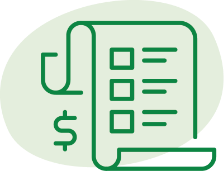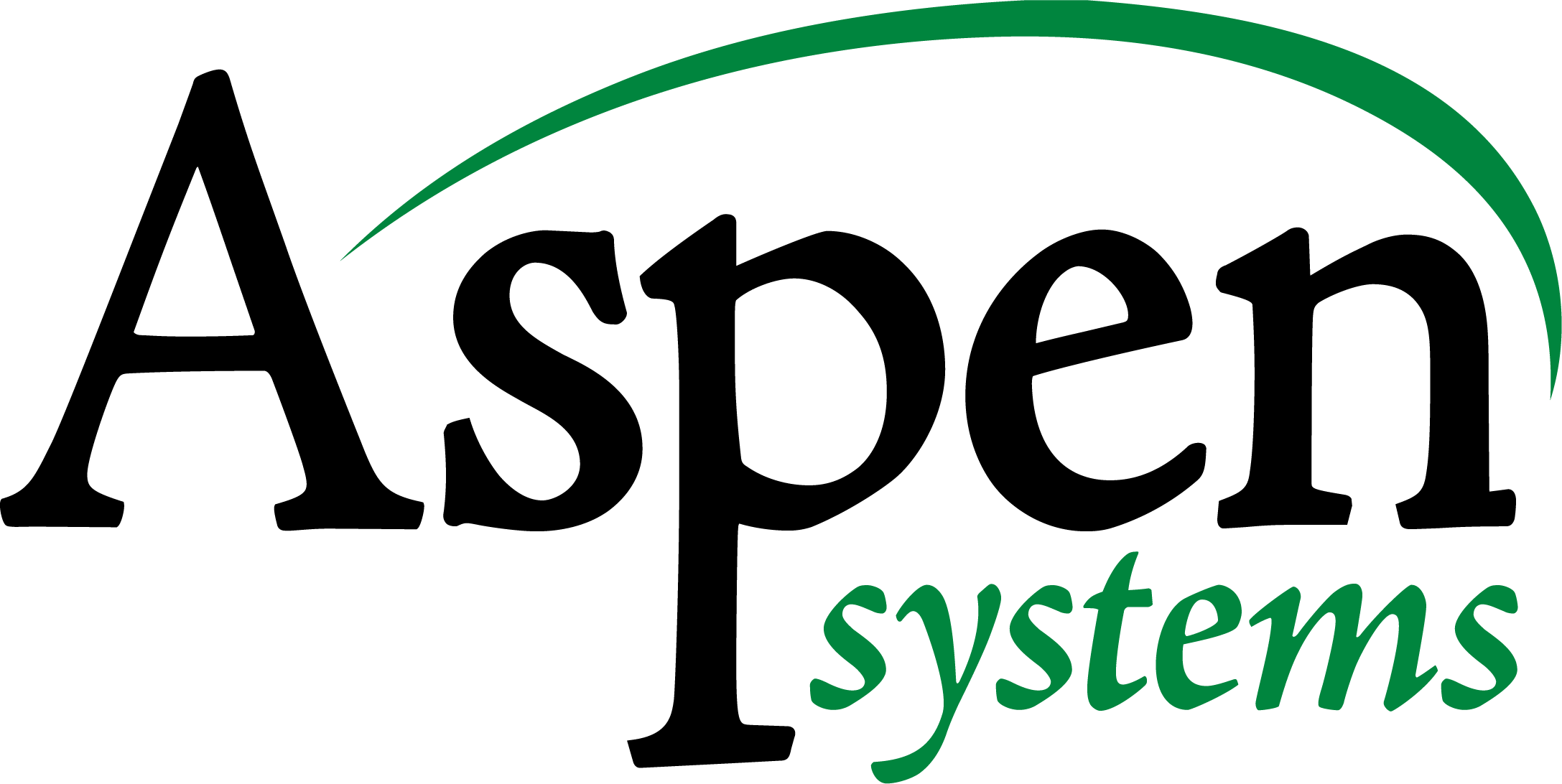Streamline Food Purchasing with Canopy
Purchasing
With Canopy’s Purchasing software you can easily create purchase orders manually or automatically, and you can manage all of your purchase orders in one place.
Features

Purchase Order Setup
- Create purchase orders automatically or manually
- Schedule purchase orders to be received in your warehouse by date and time
- Use re-order codes to set a relationship between your product code and the vendor’s code
- Purchase products using a variety of units of measure
- Print a wide variety of buying and purchasing reports
- Supports foreign currency and exchange rates for international purchases

Flexibility
- Set parameters on vendors such as minimum order, lead time, cycle time
- Setup miscellaneous purchase order charges for freight, inspection fees, delivery, etc.
- Automatically allocate purchase order charges against the product cost at receipt
- Reserve a purchase order against one or more customer orders

Vendor Relationships
- Create Vendor Order Guides for products you routinely purchase
- Maintain vendor messages and comments for use in purchasing
- Use vendor promotions to track promotions, rebates, vendor deals, etc.
- Setup unlimited vendor contacts for faxing and emailing purchase orders
Fully customizable Purchasing software

You can use Purchase Order Entry or the Purchase Advice report to create and manage purchase orders. Our software includes available product information including current inventory levels for products, current customer demand, previous sales history, reorder quantity, critical quantity, and more. You can also review information like brand name, packed by, last cost, market cost, last three order quantities, units of measure, and date of purchase.
Maintain an order guide for each vendor, so you can quickly and efficiently create repeat purchase orders. You can even track vendor promotions and rebates to take advantage of vendor deals. Purchase orders can be printed, faxed, emailed, or sent using Electronic Data Interchange (EDI).
You can also control who purchases what by assigning products to purchasing agents and controlling their purchasing with purchase order approval options.
Use purchase order charges such as freight, fuel surcharges, and inspection fees to add miscellaneous costs onto a purchase order. These costs are then allocated against the products on the purchase order to maintain a true landed cost.
